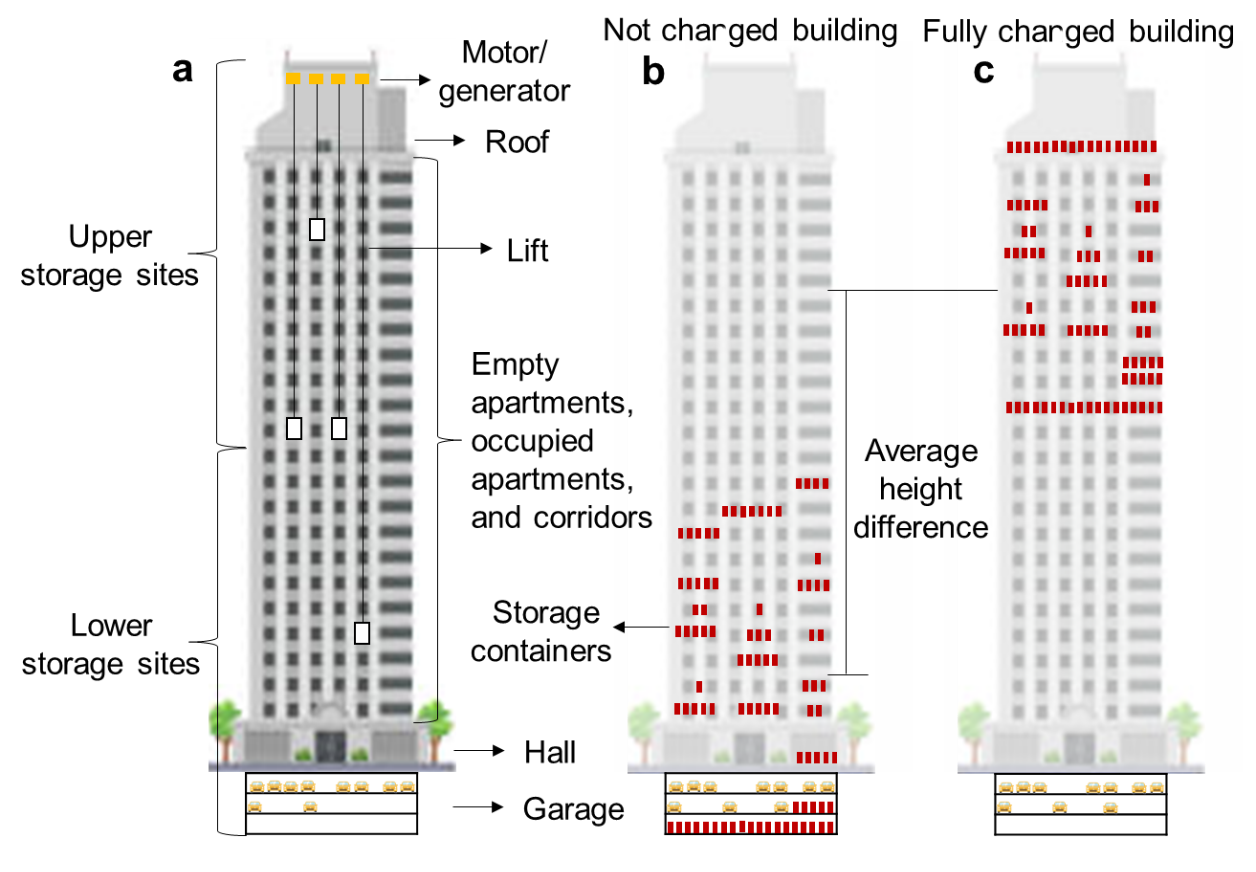One of the messages that narrow minded detractors of renewable energy keep espousing against renewable energy is the cyclical and unreliable nature of renewable generation.
For there to be any chance for people to be 100% renewable energy humans must find ways to store extra energy from the sun (safely) to use when the collectors (PV or turbines) cannot collect.
Storing excess energy during surplus renewable energy production is critical, and subject of this post.
Batteries are the WORST method of energy storage in terms of cost of production, lifespan, and simply cost.
Yes, they certainly are ideal in a short list of specific uses, but when it comes to large fixed location, they are awful (basically, inappropriate use of technology).
I would rather have the limited production of batteries all go to EV's.
Option 1 for energy storage: "g"
One of the easiest and oldest forms of energy storage is Gravity (gravity "battery"). There is hints of such devices in ancient times, but the most familiar use today is the clock (typically a pendulum clock), invented in 1656 by Christiaan Huygens. On aside, Pumped-storage hydroelectricity (PSH), or pumped hydroelectric energy storage (PHES), has been in grid scale usage since 1907 (small scale various uses for centuries). Simply pumping water uphill into a reservoir, then releasing stored water to generate power when needed.
Taking the pendulum clock idea to a grid scale we have companies like:
Gravitricity is one such pioneering company in Scotland designing "gravity battery" (battery usually denotes chemical, however is a commonly used term).
"Gravitricity’s existing 12 meter (39.4ft), £1million test tower in Leith, the firm have generated 250 kWh from lowering two 25 tonne weights in combination."
That is not the only concept, but one that was built as working prototype.
(There are other ideas, including one (what I think is insanely complex and destined to fail) idea by EnergyVault. )
Mass lifted up a great distance vertically to store energy.
Reminded me of an elevator.
No, an elevator is not a good energy storage, as it is a balanced mass.
WHAT IF one elevator shaft of building was converted to an gravity battery?
A tiny 36sq-ft area (smaller than typical office cubical) is used to lift a several ton weight during surplus energy.
During peak times (running AC for instance) the mass dropped to balance demand.
Something that would be incredibly easy for building designers to ad to any design.
Even better:
Retrofitting a little used existing elevator shaft as a "gravity battery" would be super easy as well.
Is there an energy storage system easier to build, operate, and have as long life as G battery?
For there to be any chance for people to be 100% renewable energy humans must find ways to store extra energy from the sun (safely) to use when the collectors (PV or turbines) cannot collect.
Storing excess energy during surplus renewable energy production is critical, and subject of this post.
Batteries are the WORST method of energy storage in terms of cost of production, lifespan, and simply cost.
Yes, they certainly are ideal in a short list of specific uses, but when it comes to large fixed location, they are awful (basically, inappropriate use of technology).
I would rather have the limited production of batteries all go to EV's.
Option 1 for energy storage: "g"
One of the easiest and oldest forms of energy storage is Gravity (gravity "battery"). There is hints of such devices in ancient times, but the most familiar use today is the clock (typically a pendulum clock), invented in 1656 by Christiaan Huygens. On aside, Pumped-storage hydroelectricity (PSH), or pumped hydroelectric energy storage (PHES), has been in grid scale usage since 1907 (small scale various uses for centuries). Simply pumping water uphill into a reservoir, then releasing stored water to generate power when needed.
Taking the pendulum clock idea to a grid scale we have companies like:
Gravitricity is one such pioneering company in Scotland designing "gravity battery" (battery usually denotes chemical, however is a commonly used term).
"Gravitricity’s existing 12 meter (39.4ft), £1million test tower in Leith, the firm have generated 250 kWh from lowering two 25 tonne weights in combination."
That is not the only concept, but one that was built as working prototype.
(There are other ideas, including one (what I think is insanely complex and destined to fail) idea by EnergyVault. )
Mass lifted up a great distance vertically to store energy.
Reminded me of an elevator.
No, an elevator is not a good energy storage, as it is a balanced mass.
WHAT IF one elevator shaft of building was converted to an gravity battery?
A tiny 36sq-ft area (smaller than typical office cubical) is used to lift a several ton weight during surplus energy.
During peak times (running AC for instance) the mass dropped to balance demand.
Something that would be incredibly easy for building designers to ad to any design.
Even better:
Retrofitting a little used existing elevator shaft as a "gravity battery" would be super easy as well.
Is there an energy storage system easier to build, operate, and have as long life as G battery?
Last edited:






